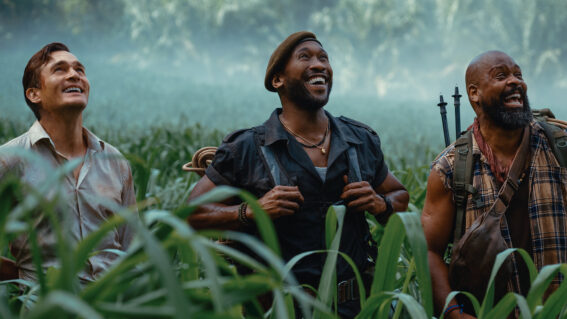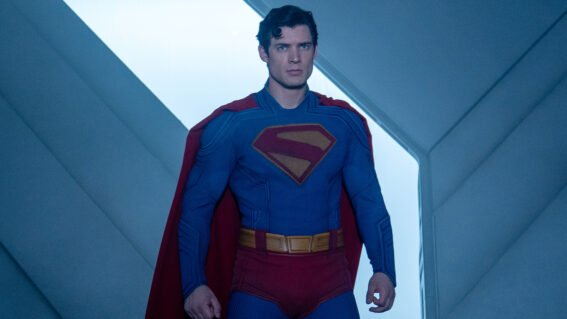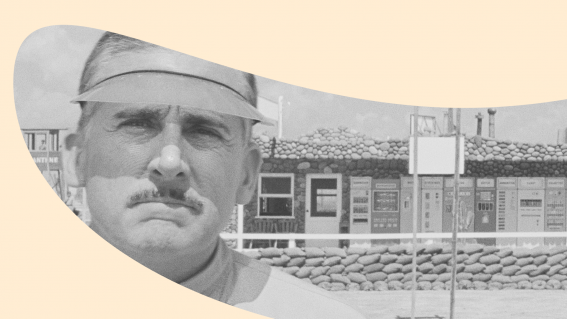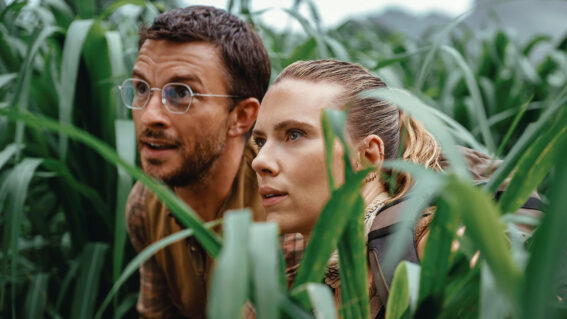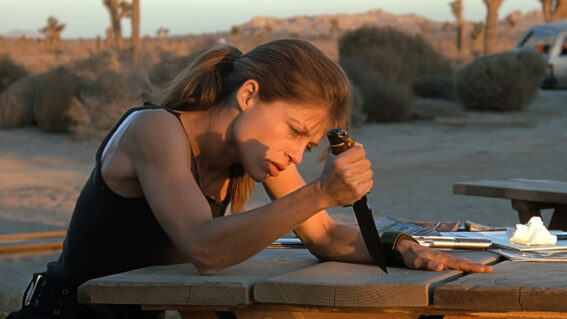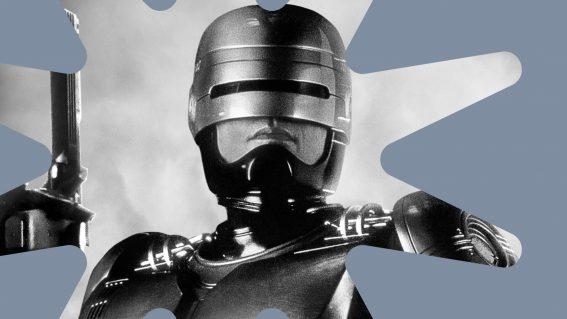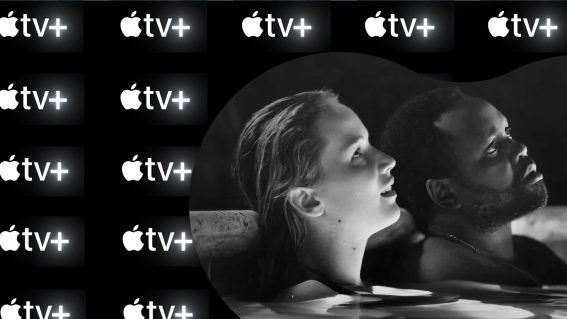The Florian Habicht Filmmaking Interview
Innovative and fiercely independent, Florian Habicht is New Zealand’s most unique filmmaker. Born in Berlin but raised in the Bay of Islands, his personal cinema features stories and characters that don’t sit easily amongst more conventional examples of local filmmaking. If this has limited the recognition of his name amongst casual movie fans, it has […]

Innovative and fiercely independent, Florian Habicht is New Zealand’s most unique filmmaker. Born in Berlin but raised in the Bay of Islands, his personal cinema features stories and characters that don’t sit easily amongst more conventional examples of local filmmaking. If this has limited the recognition of his name amongst casual movie fans, it has also afforded the former Elam student creative freedom, the results of which have been applauded by critics and the ever-growing number of film buffs exposed to his work – most famously with the fantastic documentary Kaikohe Demolition. His latest documentary Rubbings From a Live Man, opens in cinemas in November.
Learning filmmaking
I once ran a workshop at Unitec called “How to Film Sex Scenes.” It was extremely popular. It was with photography students, and I just gave them a whole lot of exercises and they had to get out there and do it, film it… and keep filming.
So the best way to discover your own style, your own distinctive voice, is by just making things, and doing the thinking afterwards. I had that experience of going to art school [Elam, Auckland University’s School of Fine Arts] before training at the Binger Filmlab in Amsterdam. Both courses let me experiment, rather than be taught ‘how to make films’. I think it’s nicer to learn ‘the rules’ later.
Making mistakes is so important. As you learn from them, and they often challenge you to be inventive, to solve the problem.
I kept wanting to push photography, by painting on images, creating sequences. That lead to video, on VHS back then. I made oddball love stories, with my friends from Elam’s inter-media department. When I graduated, not much changed. I still work with the same people, small intimate collaborations, and still have a lot of fun.
On process
My first short films all evolved from images, then my features evolved from concepts, like Woodenhead (a Grimm, musical, fairytale with pre-recorded soundtrack), and Rubbings from a Live Man (documentary-performed-by), and now I have this strong desire to make a film that evolves from a beautiful story.
Some people, can say, ‘OK, I’m gonna make a film about greed’, or ‘luck’. Writers too. And then they sit down and write the story. I admire that! My process would be the opposite, I’ll write something, read it, and eventually it will hit me, ‘wow, this is all about greed and luck’!

Kaikohe Demolition.
Working with the Director of Photography
I’ve been working with DOP (Director of Photography) Christopher Pryor on most of my projects, and we both will have intuitive ideas, then look through the lens, and see if it works.
We communicate with nods and winks. Christopher has an incredible eye. I really trust and admire his subtle artistic sensibilities. I have a photographic background, and am extremely involved with the shots too. On Woodenhead and Kaikohe Demolition I did lots of the camera operating myself. Chris and I have a great understanding. We also edit the films together. And go to karaoke bars.
On set
I like to cover myself [‘Covering’ refers to amount of film used to shoot a scene. Someone who covers a lot will obtain more shots and be left with more options in the editing, conversely someone who doesn’t is strict with what they capture on set]. With Rubbings From a Live Man I was always pushing to go deeper. When Warwick blesses the rugby team we could only do one take, for obvious reasons. It’s a long scene, and I found that very exciting.
With actors, I often say, ‘Woah, that was perfect.’ But the performer will know I want them to do it again!
Directing actors
I get them really drunk, so they don’t remember the scene in the morning!
To help them in anyway you can, so that they’re not acting. So that they’re are focusing on each other and the situation , and not themselves. That’s if you want truthful performances. I also like stylized performances, and there are certainly no directing rules for that.
I used to approach people on the street and ask them if they wanted to be in a film, with no auditions or anything, and it worked! They were generally short films with overdubbed dialogue. Now I go by Chinese horoscopes.

Rubbings From A Live Man
On editing
With Rubbings from a Live Man, we created the story, the emotional journey, in the editing. We knew the film would chronologically follow Warwick Broadhead’s life, and that was it. I guess it means you can be more free during the shoot, having faith that the structure can be discovered in the editing. Kaikohe Demolition was made like that too. Chris [Pryor] and I edited both films.
What Filmmakers do you admire?
Lars Von Trier, Miranda July, Werner Herzog, Jan Svankmajer, João César Monteiro, Federico Fellini.
Advice to beginner filmmakers
A big mistake beginner directors can make is working with industry people that have experience or ‘names’, rather than working with people they have a strong connection with. A working connection and social connection. Because new directors need to trust themselves, and not other people with more experience! So they can follow their own nose. Following your intuition is the most important and hardest thing to learn.
Florian Habicht Filmography
Rubbings From a Live Man (2008), Kaikohe Demolition (2004), Woodenhead (2003), Liebestraume (1998). Visit picturesforanna.com.
This interview is based on questions from the book by French director Laurent Tirard. Others: Vincent Ward, Ian Mune.





